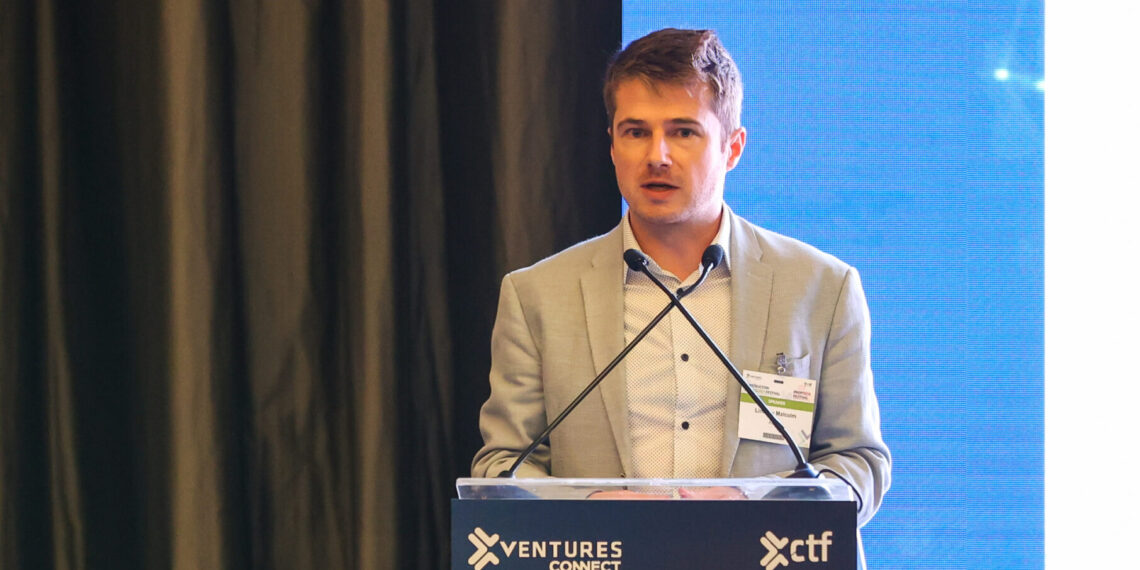There is a balance between embodied carbon and operational carbon, with both emissions types having similar impacts today.
Where there is a high contribution of renewable energy or in countries where there is a net zero strategy, when predictive analysis is done for a building’s lifecycle that looks 20-30 years ahead, operational impacts reduce significantly due to the transition to cleaner energy.
“This really puts the onus on embodied carbon upfront. Looking at that, measuring that, and finding ways to reduce it,” said Lindsey Malcolm, Associate Director, Sustainability, AESG. Embodied carbon occurs not just at the design and build period of an asset, but includes its repair and maintenance during operation and the decommissioning phase.
Key success factors when running carbon calculations include having data in line with the project that helps stakeholders with their major decisions, particularly when considering cost or lifecycle implications. Data needs to be accurate and reliable, which is a challenge in the Middle East due to its limited availability. Outcomes also need to be communicated in a way that is easy to understand.
Below is the audience Q&A session with all speakers from the Measuring & reducing carbon in construction track during the Construction Technology Festival. Speakers included:
- Lindsey Malcolm, Associate Director, Sustainability, AESG
- Iman Abi Saab, Technical Director, Middle East Technical Excellence Leader, Mott MacDonald – Easy wins to reduce embodied carbon
- Matthew Anthony, Asset Advisory Lead, AECOM – The importance of benchmarks for measuring embodied carbon
- José Francisco García, Senior Project Director, ACCIONA – Case study: Circular construction in a desalination plant
- Pierre Piniau, General Manager, Milwaukee Tool MEA – Reducing onsite emissions: A cost-benefit analysis of implementing electric machinery















